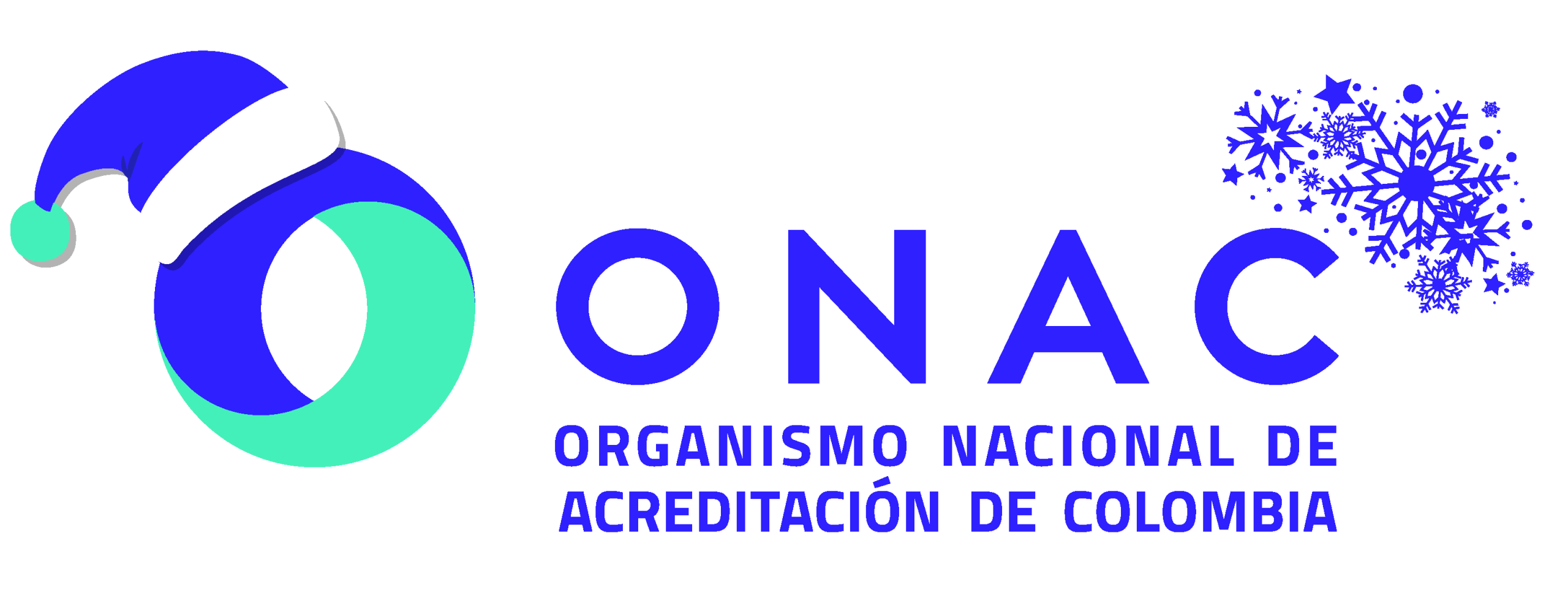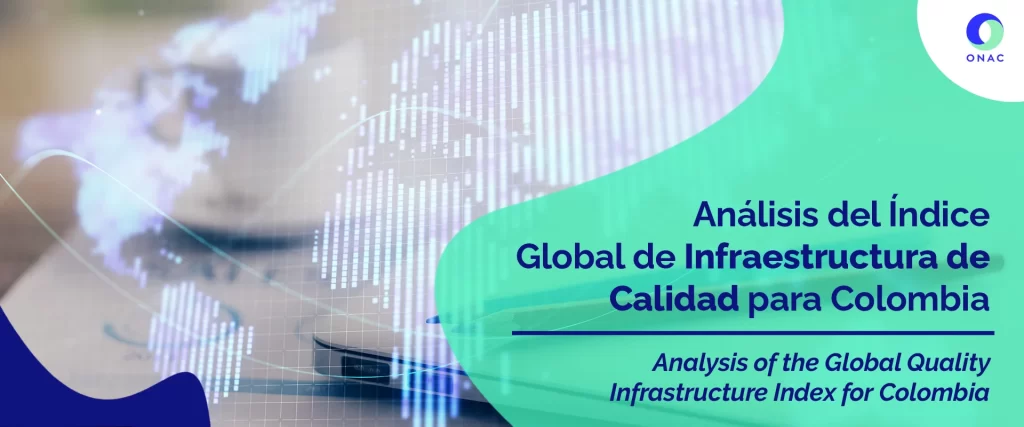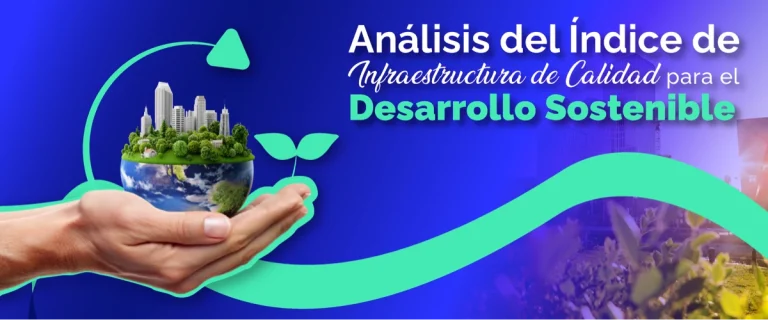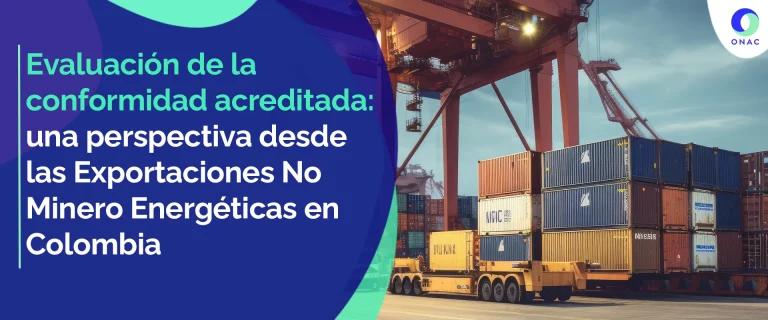Quality infrastructure represents the institutional framework within which a country’s public and private entities collaborate to establish and ensure the quality of goods and services. This framework, encompassing metrology, standardization, accreditation, and conformity assessment, is essential not only for guaranteeing product safety and suitability but also for boosting competitiveness.
Since 2010, consulting firms Mesopartner and Analyticar have been conducting data-driven analyses to compare quality infrastructures across various economies, utilizing data from multiple public sources. This initiative led to the development of the Global Quality Infrastructure Index (GQII), which underwent a significant revision and expert review in 2019, incorporating valuable feedback and data validation from international organizations. To date, the GQII has completed assessments for 2020, 2021, and 2023, showing continuous improvement in data quality and analytical methods.
In the latest GQII evaluations, Colombia has demonstrated modest advancements in both performance and ranking. In 2023, it was positioned 39th among 185 countries, with an overall score of 82.2. Despite methodological adjustments in 2021—such as the inclusion of participation in IEC technical committees and a revised weighting system for counting Conformity Assessment Bodies (CABs), based on recognitions by the International Laboratory Accreditation Cooperation (ILAC) and the International Accreditation Forum (IAF)—Colombia has maintained its third-place standing among Latin American nations, trailing only Mexico and Brazil.
Illustration 1 Colombia’s Performance in the GQII 2023 Compared to Latin American Countries

Source: GQII Report 2023: Trends, Comparison & Use of Data. Calculations by the Research Coordination for Economic and Social Studies for Quality Infrastructure – ONAC
The GQII serves as a pivotal benchmark, offering a comparative analysis of Colombia’s quality infrastructure relative to other nations. This index is particularly valuable for Colombia as it highlights the country’s strengths and areas ripe for improvement. It acts as a crucial indicator for foreign investors and boosts consumer confidence by showcasing Colombia’s commitment to quality. Additionally, the GQII’s insights allow Colombia to prioritize strategic areas for development, align its policies with international standards and drive sustainable growth by fostering an environment that promotes innovation and excellence in quality.
The 2023 GQII results underscore Colombia’s strong institutional framework concerning its quality infrastructure. To better understand these outcomes, it’s insightful to examine the correlation between a country’s GDP per capita and its GQII score. Commonly, one might expect wealthier nations to boast more advanced quality infrastructures, attributed to their greater resources. However, Illustration 2 reveals that Colombia outperforms several higher GDP per capita countries, including Chile, Uruguay, and Israel, in terms of quality infrastructure. Remarkably, Colombia stands shoulder to shoulder with nations such as Argentina, Greece, Norway, and Ireland, highlighting its competitive edge and efficiency in utilizing its resources for quality improvement.
Illustration 2 2022 GDP Per Capita Vs 2023 GQII Global Score

Source: GQII Report 2023: Trends, Comparison & Use of Data. Calculations by the Research Coordination for Economic and Social Studies for Quality Infrastructure – ONAC
A further intriguing observation from the GQII analysis is the correlation between a country’s quality infrastructure and its export values. As shown in Illustration 3, there is a direct link between the quality infrastructure and the export performance of each country. Despite Colombia’s commendable GQII position, it encounters notable challenges in boosting exports. This indicates that while Colombia possesses a solid quality infrastructure capable of minimizing technical barriers for overseas product marketing, this advantage may not be fully leveraged. Nonetheless, it’s important to note that export performance can be influenced by variables not covered in this analysis. Despite these factors, the insights from the GQII offer valuable perspectives for enhancing Colombia’s foreign trade strategies.
Illustration 3 2022 Exports vs 2023 GQII Global Score

Source: GQII Report 2023: Trends, Comparison & Use of Data. Calculations by the Research Coordination for Economic and Social Studies for Quality Infrastructure – ONAC
The GQII is instrumental in formulating policies aimed at enhancing quality infrastructure and impacting the economy broadly. Although Colombia has shown significant advancements and promising outcomes in its quality infrastructure, there remains considerable scope for further improvement. It is, therefore, essential to delve into the various components of the GQII, as will be detailed subsequently.
Metrology
Metrology, as defined by the International Vocabulary of Metrology, is the science of measurement encompassing both theoretical and practical aspects, irrespective of the measurement uncertainty or field of application. This field is essential for the analysis and verification of measurement systems and instruments.
In Colombia, the National Institute of Metrology (INM) takes on the crucial role of conducting analyses and verifications within the metrological domain. The INM strives for national coordination of scientific and industrial metrology and the implementation of initiatives that foster innovation and bolster economic, scientific, and technological growth. This is achieved through research, metrological services provision, support for metrological control activities, and dissemination of measurements aligned with the International System of Units (SI).
The GQII assesses metrological competence of economies based on five subcomponents:
- Membership of national metrology institutions in key international or regional metrology organizations such as the International Bureau of Weights and Measures (BIPM), the International Organization of Legal Metrology (OIML), AFRIMETS, APMP, COOMET, EURAMET, GULFMET, or SIM.
- Engagement in the consultative committees of the International Committee for Weights and Measures (CIPM), which oversee various measurement domains including thermometry, units, time, and frequency.
- Extent of Calibration and Measurement Capabilities (CMC) areas coverage, as indicated by a CMC coverage indicator that quantifies the breadth of metrological disciplines addressed by a national metrology institute or its affiliates through the CMCs.
- The number of key and supplementary comparisons conducted by national metrology institutes aimed at verifying and supervising the standards of the International System of Units, ensuring the validity, consistency, and international equivalence of their measurements.
- The count of accredited calibration laboratories within the country under the ISO 17025 standard.
- For 2023, Colombia holds the 41st position in the metrology ranking of the GQII. The National Institute of Metrology is a member of BIPM and SIM, but it is not part of any CIPM consultative committee. It has participated in 31 key and 39 supplementary comparisons, covering 113 metrological disciplines. Additionally, Colombia boasts 220 calibration laboratories accredited under the ISO 17025 standard.
Normalization
Standardization, also referred as normalization, is the process of developing, implementing, and applying standards to achieve an optimal degree of order in a given context. This activity addresses current or potential issues by establishing uniform and repeatable guidelines. Its primary objectives are to enhance the suitability of products, processes, and services for their intended purposes, prevent trade barriers, and foster technological cooperation. In Colombia, the National Standardization Body (NSB) is ICONTEC.
Within the framework of the GQII, standardization is a critical component. The index has incorporated four standardization variables into its formula since 2021:
- Membership in international standardization organizations such as the International Organization for Standardization (ISO) and the International Electrotechnical Commission (IEC).
- Involvement in technical committees of ISO.
- Participation in technical committees of IEC.
- Data derived from the ISO certification survey conducted by country.
In the 2023 evaluation, Colombia achieved the 44th spot in the GQII Standardization ranking. This placement reflects the country’s activity within the standardization indicators. As a member of both ISO and IEC, Colombia has engaged in 187 technical committees, with 122 participations as an observer member and 65 as a full participant.
Accreditation
Accreditation serves as a globally recognized means of instilling confidence among the market, government entities, and society regarding the precision of conformity assessment activities undertaken by entities like testing laboratories, certification bodies, and inspectors. National accreditation bodies evaluate these entities’ technical competence, verifying that they possess the necessary staff, facilities, equipment, and procedures to assess products, processes, services, or individuals against specific standards. In Colombia, the National Accreditation Organization of Colombia (ONAC) has been central to the nation’s quality infrastructure since its inception in 2008.
The GQII evaluates the accreditation component based on several critical variables:
- The country’s membership status in international accreditation organizations such as the International Laboratory Accreditation Cooperation (ILAC) and the International Accreditation Forum (IAF).
- The number of Conformity Assessment Bodies (CABs) accredited by ONAC under the various schemes considered in the evaluation.
- The quantity of product certification bodies accredited under the ISO/IEC 17065 standard.
- The count of management system certification bodies accredited under the ISO/IEC 17021 standard.
- The number of testing laboratories accredited, typically under the ISO/IEC 17025 standard.
For the 2023 assessment, Colombia achieved its highest component score in accreditation, ranking 31st among the 185 economies analyzed. This accomplishment is attributed to ONAC’s status as a signatory member of the IAAC, ILAC, and IAF, having been recognized for 8 accreditation schemes with 23 scopes and sub-scopes. This recognition follows rigorous peer evaluations by international experts who assess ONAC’s competence in providing accreditation services. Nowadays, ONAC has accredited 822 CABs under schemes that are internationally recognized, ensuring their results are valid in all signatory countries of these agreements.
Conclusions
The GQII has emerged as a valuable tool for assessing and benchmarking the quality infrastructure development across nations. With each iteration, including the most recent in 2023, the GQII has refined its indicators, offering important insights into the state and trajectory of national quality infrastructures. Colombia’s performance in this context is commendable. It showcases an institutional design adept at fostering strong quality institutions and infrastructure, surpassing even some wealthier nations. This achievement underscores Colombia’s dedication to upholding stringent quality standards, which is fundamental to ensuring the safety and suitability of products and services. This commitment is apparent upon examining the detailed GQII findings, where Colombia boasts commendable rankings in metrology (41st), standardization (44th), and accreditation (31st) out of 185 countries.
Nevertheless, there is room for growth. Despite its robust quality infrastructure, Colombia encounters hurdles in capitalizing on this asset, particularly within the export sector. This highlights a critical need for more strategic initiatives that harness the quality infrastructure to bolster foreign trade and enhance Colombia’s global competitiveness. The link between the GQII scores and export volumes signals the pivotal role that a well-established quality infrastructure plays not only in meeting domestic standards but also as a driving force for economic prosperity and international market entry.
In sum, Colombia exhibits a strong foundation in quality infrastructure, positioned as the third-leading country in Latin America in this regard. Yet, to maximize this advantage and ascend in the global marketplace, a concerted effort is needed to align quality infrastructure with strategies aimed at expanding exports and fostering international economic integration. Persistent investment and adherence to global best practices will be crucial for Colombia to sustain and improve its competitive edge internationally.
- Centro Español de Metrología (2008). Vocabulario Internacional de Metrología. Recuperado de: https://www.cem.es/sites/default/files/vim-cem-2012web.pdf
Sistema Único de Información Normativa (2015). Decreto 1074 de 2015. Recuperado de: https://www.suin-juriscol.gov.co/viewDocument.asp?ruta=Decretos/30019935
Comité Internacional de Pesas y Medidas (s.f.). Comités Consultivos del Comité Internacional de Pesas y Medidas. Recuperado de: https://www.bipm.org/en/committees/cc
Global Quality Infrastructure Index (2020). Global Quality Infrastructure Index – 2020 Report. Recuperado de: https://www.researchgate.net/publication/350589103





